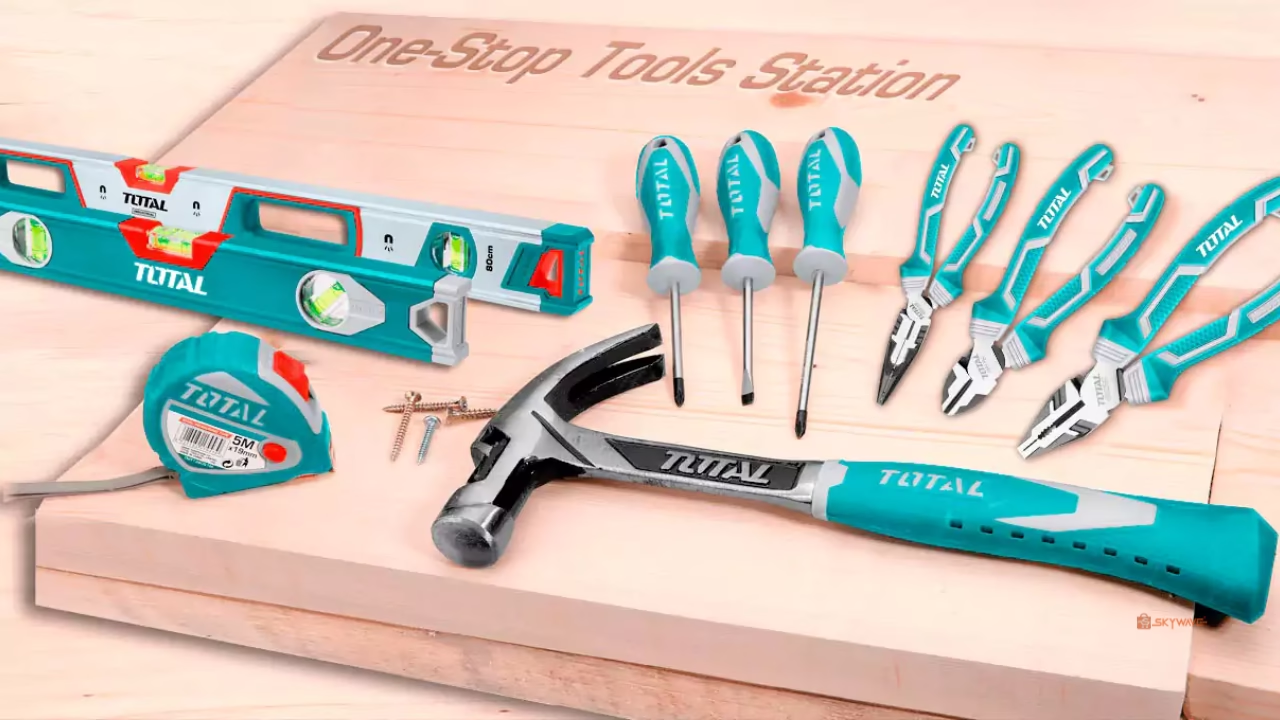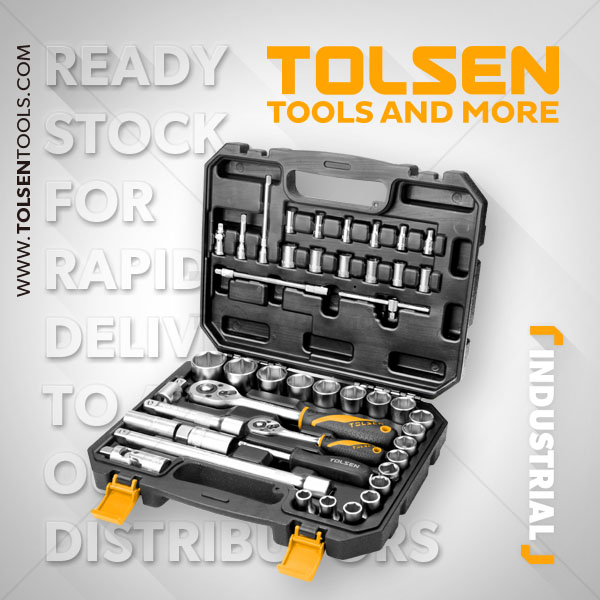Understanding Types of Grinder Machines in Kenya
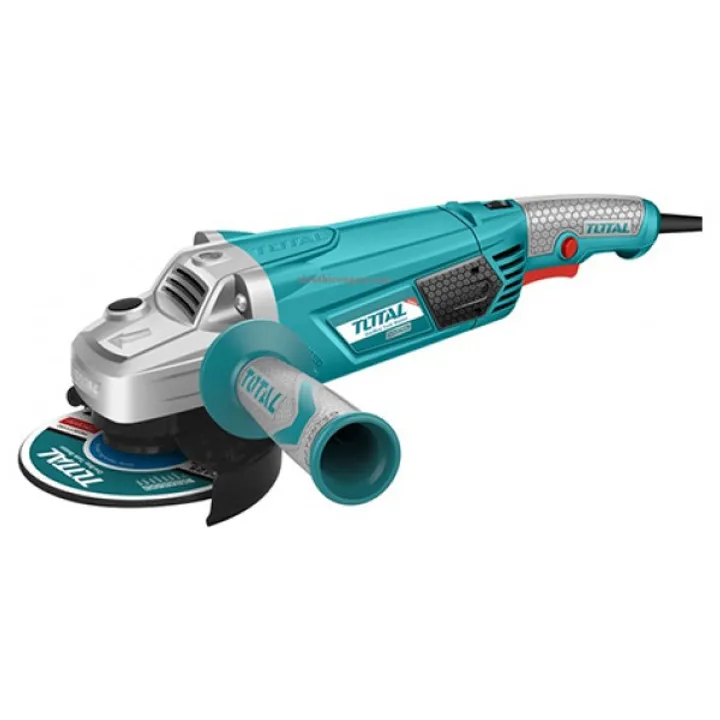
Introduction
Grinder machines are pivotal tools employed across a diverse range of industries, as well as in numerous do-it-yourself (DIY) projects. In Kenya, the demand for grinder machines is steadily rising, with users seeking reliable and efficient options for their specific needs. This blog post delves into what grinder machines are, their uses, the common types available in Kenya, and factors to consider when purchasing one.
Uses of a Grinder Machine
These versatile devices are primarily used for grinding, cutting, and polishing materials, making them indispensable in both professional and home settings. The fundamental function of a grinder machine is to use abrasive wheels to shape or finish a workpiece, delivering a precise and high-quality result.
In professional environments: Grinder machines play a critical role in manufacturing, metalworking, and construction. They are essential for tasks that require precision and durability, such as fabricating metal parts, refining welds, and preparing surfaces for further treatment. For instance, welding machines often work in tandem with grinder machines to ensure that welds are smooth and meet stringent quality standards. The ability to grind, cut, and polish a variety of materials, including metals, wood, and stone, underscores the versatility of these machines.
In-home settings: Grinder machines are equally valuable for DIY enthusiasts and hobbyists. They can be used for a multitude of tasks, from sharpening tools and blades to crafting and repairing household items. The availability of grinder machines in various sizes and configurations, such as angle grinders and bench grinders, allows users to select the appropriate tool for their specific needs. For example, a grinder machine for wood can be particularly useful for woodworking projects, providing clean cuts and smooth finishes.
The significance of grinder machines extends beyond their practical applications; they also contribute to efficiency and safety. By enabling precise material removal and surface preparation, these machines help ensure that projects are completed accurately and to a high standard. Additionally, the correct use of grinder machines can minimize the risk of accidents and injuries, highlighting their importance in maintaining a safe working environment.
Common Types of Grinder Machines in Kenya
In the Kenyan market, grinder machines are indispensable tools across various industries, from construction to metalworking. Among the 19 types of grinder machines available worldwide, three types stand out as the most common in Kenya: the angle grinder, bench grinder, and die grinder. Each of these machines serves distinct purposes, making them versatile tools.
1. Angle grinders
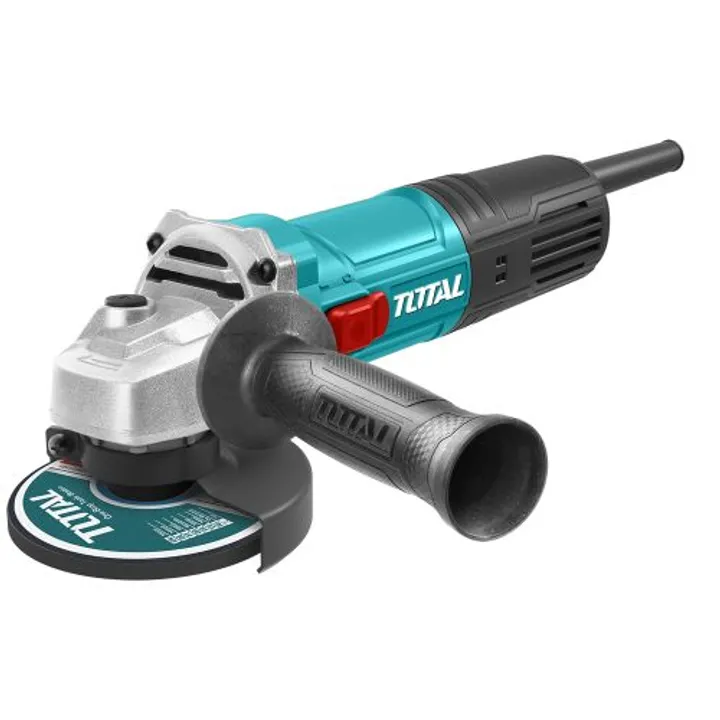
Angle grinders are among the most versatile tools in the realm of grinder machines. Characterized by their rotating abrasive disc, angle grinders are indispensable in both metalworking and construction. They are extensively utilized for cutting, grinding, and polishing metal surfaces. Additionally, angle grinders are employed in masonry and tile work, making them a crucial tool for construction professionals. Available in various sizes, typically ranging from 4.5 to 9 inches, angle grinders can be selected based on the scale and precision required for the job.
2. Bench grinders
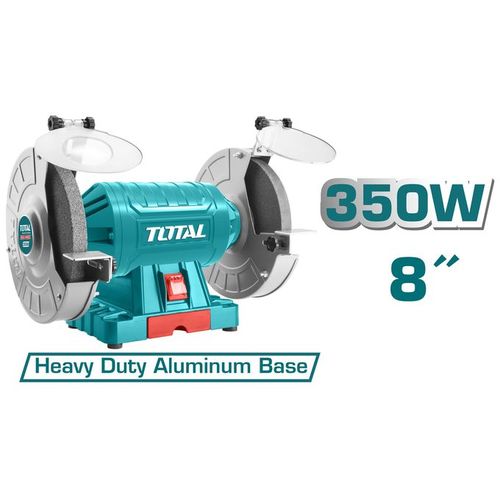
Bench grinders are stationary machines commonly found in workshops. These grinder machines feature two wheels, which can be equipped with different types of abrasives for distinct tasks. Bench grinders are primarily used for sharpening tools, such as chisels, drill bits, and blades, ensuring they maintain their effectiveness. Moreover, they are adept at shaping and smoothing metal objects, making them a staple in both professional and amateur workshops. Their robust build and stability allow for precise control, which is essential for detailed and repetitive tasks.
3. Die grinders
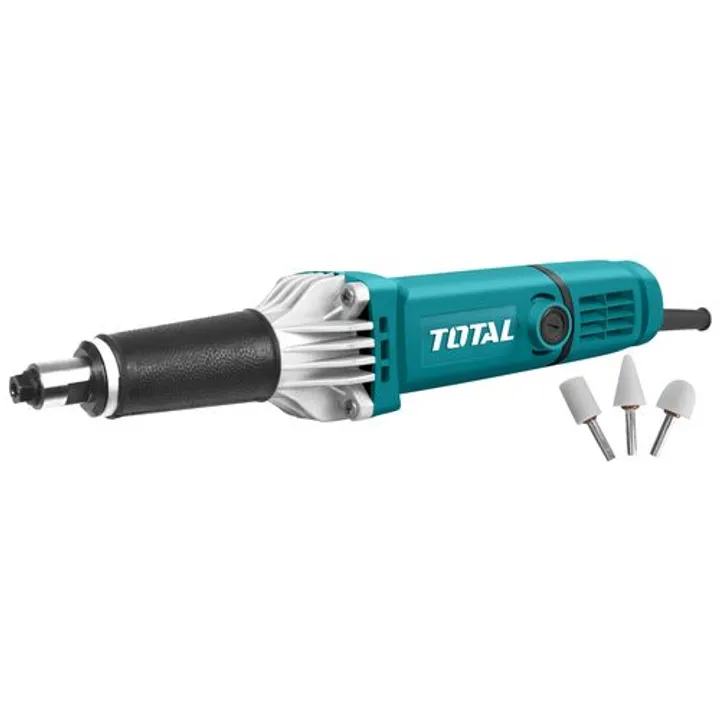
Die grinders are handheld grinder machines designed for precision work. They are particularly useful in both metal and woodworking for tasks that require high accuracy and fine detailing. Die grinders are equipped with a variety of attachments, including burrs and bits, enabling them to perform a wide range of functions such as grinding, sanding, honing, and polishing. These grinders are essential in industries where intricate work is paramount, such as automotive repair and metal fabrication.
Additionally, grinder machines are available in both electric and battery-operated models, providing flexibility depending on the work environment. Electric grinders are known for their consistent power supply and are often preferred for continuous, heavy-duty tasks. On the other hand, battery-operated grinders offer portability and convenience, making them suitable for remote locations or where access to electricity is limited.
The selection of a grinder machine in Kenya largely depends on the specific requirements of the task. Whether it’s the versatility of angle grinders, the precision of die grinders, or the robustness of bench grinders, understanding the unique features and uses of each type is crucial for optimal performance and efficiency in various applications.
Grinder Machine Sizes and Their Applications
Grinder machines are available in a range of disc diameters, typically measured in inches or millimeters. The size of the disc plays a crucial role in determining the machine’s suitability for specific tasks. Common sizes include 4-inch (100mm), 5-inch (125mm), 6-inch (150mm), and the larger 7-inch to 9-inch (180mm – 230mm) varieties. Each size offers distinct advantages and is tailored to different applications, ensuring that the right grinder machine is chosen for the job at hand.
1. 4-inch (100mm)
The 4-inch grinder machine is the smallest and is ideal for precision work and tasks in confined spaces. Due to its compact size, it is easy to maneuver and control, making it perfect for detailed tasks such as polishing, finishing, and intricate cutting. This size is particularly useful in woodworking, where precision is paramount, and in metalworking for fine detail work.
2. 5-inch (125mm)
Moving up to the 5-inch grinder machine, users find a balance between control and power. This size is versatile and commonly used in both residential and light industrial settings. It is efficient for tasks requiring a bit more power than the 4-inch, such as moderate cutting and grinding of metal and wood, without sacrificing maneuverability.
3. 6-inch (150mm)
The 6-inch grinder machine offers a step up in power, making it suitable for more demanding tasks. This size is often chosen for medium-duty cutting and grinding, including work on thicker metal and larger wood pieces. Its balanced size allows for a combination of precision and strength, making it a popular choice for both professional workshops and serious DIY enthusiasts.
4. 7-inch to 9-inch (180mm – 230mm)
For heavy-duty applications, the 7-inch to 9-inch grinder machines are the go-to options. These larger grinder machines are designed for extensive cutting, grinding, and welding tasks. Their increased power and larger disc sizes enable them to handle tough materials such as thick metal and dense wood. They are essential tools in industrial settings where efficiency and high performance are critical, such as in construction, metal fabrication, and large-scale woodworking projects.
Understanding the different grinder machine sizes and their specific applications ensures that users can select the most appropriate tool for their needs. Whether it’s for detailed finishing or heavy-duty cutting, choosing the right grinder machine size is key to achieving optimal results.
Factors to Consider When Choosing a Grinder Machine
Choosing the appropriate grinder machine is crucial for achieving optimal results in any application. The selection process should begin with identifying the type of work to be performed, as different tasks require specific grinder machines. For instance, cutting, grinding, or polishing tasks may necessitate distinct grinder models. Understanding the material to be worked on is equally important; materials such as wood, metal, or stone each demand specialized grinder machine features to ensure efficiency and precision. These factors include:
1. Power source
The power source is another critical factor. Grinder machines typically come in two main types: electric and battery-operated. Electric grinders are known for their consistent power supply, making them suitable for continuous, heavy-duty tasks. Conversely, battery-operated grinders offer greater mobility and convenience, ideal for on-site work where access to electrical outlets may be limited.
2. Disc size
Disc size is also a significant consideration in selecting a grinder machine. The disc size, measured in inches, directly influences the machine’s capability and efficiency. Larger discs cover more surface area, enabling quicker completion of larger projects, while smaller discs provide better control and precision for detailed tasks.
3. Safety features
Safety features should not be overlooked when choosing a grinder machine. Modern grinder machines are equipped with various safety mechanisms such as protective guards, anti-kickback systems, and ergonomic handles to reduce the risk of accidents and ensure user safety during operation.
4. Speed
Speed is also a crucial element to consider. The speed of grinder machines is measured in revolutions per minute (RPM). Higher RPMs allow for faster and more efficient material removal but may not be suitable for all tasks. Some grinder machines come with variable speed settings, enabling users to adjust the speed according to the task at hand, providing greater versatility and control.
5. Type of tasks
The type of tasks you plan to perform will heavily influence your choice of a grinder machine. For instance, different tasks such as cutting, grinding, or polishing may require specific features or attachments. Ensuring that your grinder machine is compatible with the necessary accessories can significantly enhance its functionality and performance.
6. Safety features
Safety features are imperative when choosing a grinder machine. Look for models equipped with safety guards, anti-kickback mechanisms, and automatic shut-off capabilities. These features can prevent accidents and injuries, ensuring a safer working environment. Additionally, the ergonomic design of the grinder machine should not be overlooked. Comfortable handles and reduced vibration help minimize user fatigue, allowing for prolonged use without compromising safety or efficiency.
At Skywave, we focus on offering the three most common types of grinder machines in Kenya: angle grinders, bench grinders, and die grinders. Angle grinders are versatile and can handle a variety of tasks, from cutting to grinding and polishing. Bench grinders are stationary machines ideal for sharpening tools and shaping metal parts. Die grinders are compact and perfect for detailed work and precision tasks.
Conclusion
In conclusion, grinder machines are versatile and indispensable tools in Kenya, available in various types and sizes to meet different needs. Understanding the different types—angle grinders, bench grinders, and die grinders—along with their applications and the factors to consider when choosing one, helps ensure that users make the best possible choice. Skywave offers a range of the most common and reliable types of grinder machines, ensuring quality and satisfaction for their customers. Whether it is for professional use or DIY projects, selecting the right grinder machine can make a significant difference in efficiency and results.

